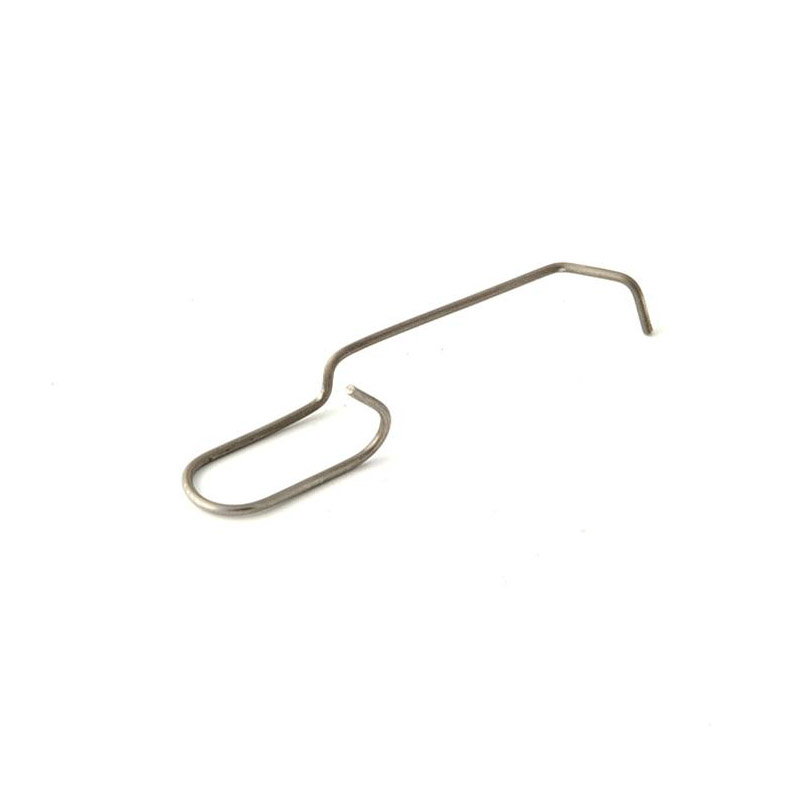
- Mobile Phone
- +8613931874955
- sales@cntcmetal.com
concrete form flat ties
The Evolution and Application of Concrete Form Flat Ties
Concrete has long been a preferred material in construction due to its durability, versatility, and strength. Among the many components that contribute to the effective use of concrete, flat ties play a crucial role, particularly in formwork systems. This article delves into the importance, design, and application of concrete form flat ties, exploring their evolution and significance in modern construction practices.
Understanding Flat Ties
Flat ties are essential components in concrete formwork, which is the temporary structure that holds wet concrete in place until it cures and gains sufficient strength. These ties provide the necessary lateral support, ensuring that the forms remain stable during the pouring and setting phases. Unlike traditional round ties, flat ties are characterized by their flat profile, which allows for a more seamless finish once the forms are removed.
Flat ties are generally made from materials like steel or fiberglass, known for their strength and resistance to corrosion. The choice of materials ensures that the ties can withstand the pressure exerted by wet concrete, which can be substantial. As concrete is poured, its weight pushes against the forms, and flat ties help to resist this force and maintain the shape of the formed structure.
The Evolution of Flat Ties
The design and application of flat ties have evolved significantly over the years. Historical formwork systems relied heavily on wooden beams and rudimentary fastening methods. The advent of modern construction materials has led to the development of more sophisticated ties that enhance efficiency and safety.
With the introduction of pre-engineered formwork systems, flat ties have become standardized, allowing for easier assembly and disassembly. Innovations in manufacturing have led to ties that are lighter yet stronger, reducing labor costs and the risk of onsite injuries. The versatility of flat ties means they can be used in various applications, from residential buildings to large-scale commercial projects.
concrete form flat ties

Benefits of Using Flat Ties
The use of flat ties in concrete formwork offers several advantages. First and foremost is the improved finish. The flat profile of these ties results in minimizing surface imperfections on the finished concrete. After the forms are stripped away, the remaining holes left by the ties are less noticeable, reducing the need for extensive surface finishing.
Another significant benefit is the ease of installation. Flat ties can be quickly and efficiently installed, allowing for faster turnaround times on construction projects. This efficiency is crucial in an industry where time is money. Furthermore, the ability to use fewer materials without compromising structural integrity can lead to significant cost savings.
Additionally, flat ties improve the safety of the formwork system. By providing robust support against the lateral pressure of wet concrete, they minimize the risk of formwork failure, which can lead to accidents and costly damage. Properly installed flat ties create a more secure working environment for laborers, contributing to overall workplace safety.
Conclusion
Concrete form flat ties represent an essential aspect of modern construction practices. Their evolution from traditional wooden supports to advanced flat profiles underscores the industry's push towards efficiency and safety. As construction technology continues to advance, the role of flat ties will undoubtedly become more vital in achieving high-quality results with enhanced structural integrity.
In an era where rapid construction and safety are paramount, the continued innovation and application of concrete form flat ties will play a significant role in shaping the built environment. By understanding their importance, construction professionals can make informed decisions that enhance the quality and durability of their projects, ensuring that concrete remains a cornerstone of modern construction.
share:
-
Yard Sign Stakes: Reliable Guardians of Outdoor SignsNewsAug.04,2025
-
Wall Ties: Invisible Guardians of Building StabilityNewsAug.04,2025
-
Resilient Web: The Super Guardian Power of Concrete MeshNewsAug.04,2025
-
Masonry Accessories: A versatile assistant on building foundationsNewsAug.04,2025
-
Iron Binding Wire: the 'invisible reinforcement specialist' in the fields of architecture and industryNewsAug.04,2025
-
Dynamic Spring: The diverse functions and excellent performance of Wire Tension SpringNewsAug.04,2025
-
Your Source for Concrete Wall Ties and Masonry AccessoriesNewsJul.10,2025



















